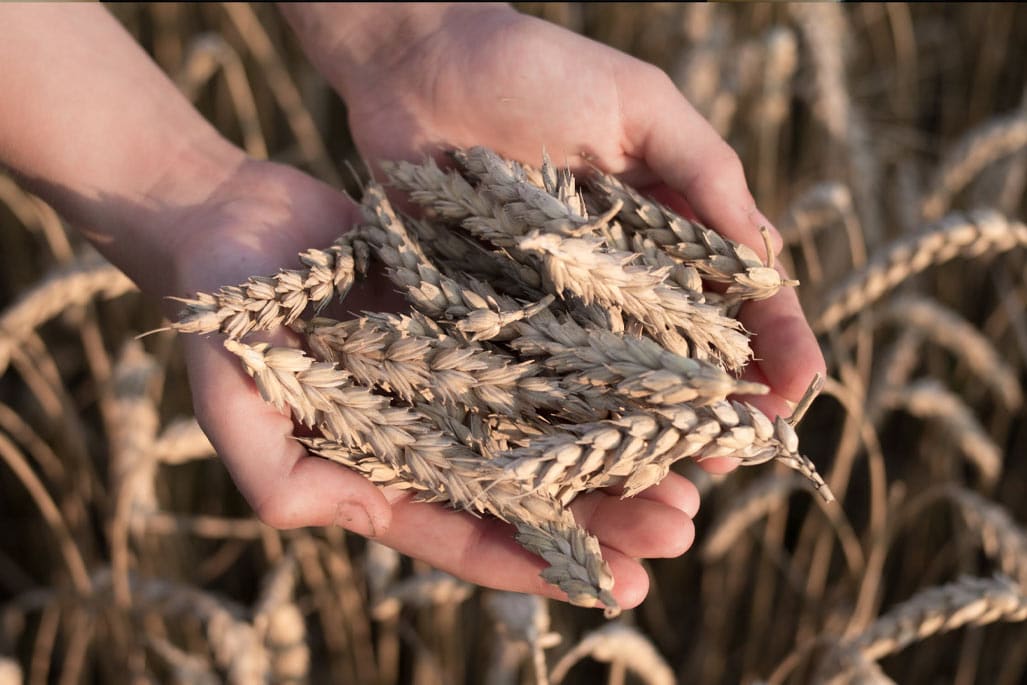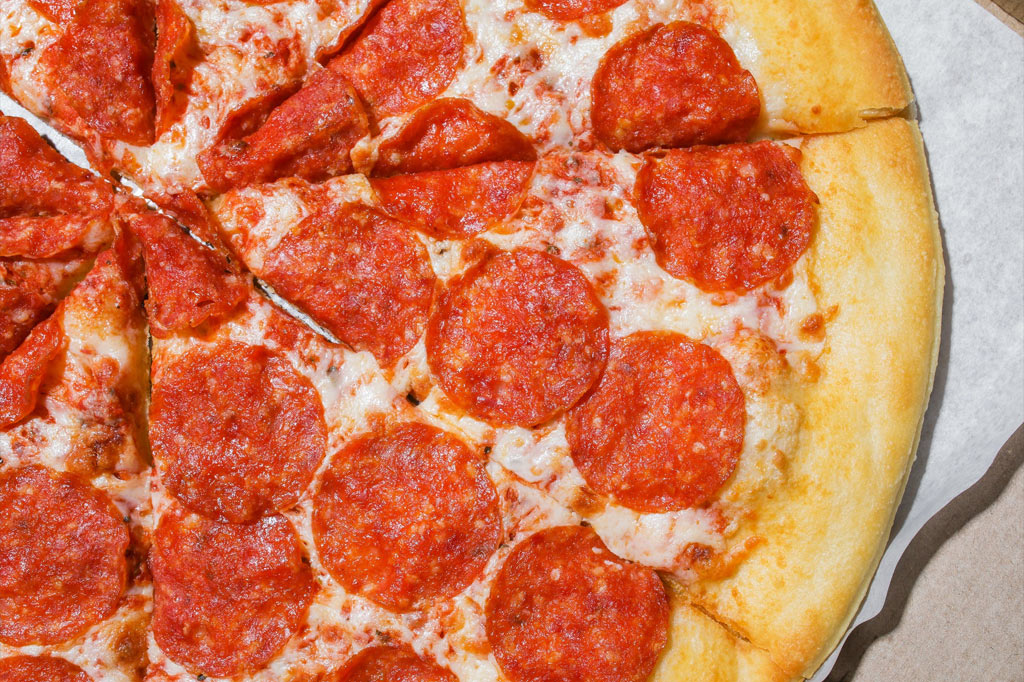A patent application says grains biofortified with a compound called nicotianamine can increase the crops’ absorbable or bioavailable iron, which is essential to gut health.
The technology was submitted by the U.S. government, as represented by the Secretary of Agriculture (USDA), along with the University of Melbourne (UoM). Their claims particularly cover biofortified wheat, whose flour is to be included in bird feed, though the use of the iron-enriched flour for human food production was also mentioned.
Poultry is known to be a good source of iron, a mineral essential for many vital functions in the body, most notably the production of oxygen-carrying hemoglobin in red blood cells. However, research has found that upping chickens’ dietary iron improves meat quality and not much else. In fact, too much iron leads to poorer overall performance and nutrient utilization in broilers. The same goes for humans: iron toxicity can lead to potentially fatal damage to the brain and liver.
But excess iron is not the large issue: nearly 25% of the world is anemic, mostly women and children. It is a global public health problem that remains unsolved, but not for lack of trying. Iron fortification of wheat flour is mandatory in over 80 countries, according to the patent application, but almost 90% of countries utilize fortificants with poor bioavailability or at sub-optimal concentrations. There is also the tendency of fortificants to add “undesired organoleptic and sensory properties” to food. Ferrous sulfate, for instance, has a metallic taste that may turn people off from distributed food items.
Additionally, efforts to bridge iron deficits in global food systems come at a high financial cost. As the patent application mentioned, it takes $2 per ton to fortify wheat flour with EDTA-chelated iron; 100 million metric tons of wheat flour was industrially milled and fortified in 2020 alone. This is especially challenging given anemia’s prevalence in low- and middle-income countries, which do not or cannot allocate much of their budget to nutrition, let alone centralized cereal processing and industrial milling.
Even in instances where enriched flour is produced, there is a high tendency for both supplementation and fortification to deliver excess dietary iron. The USDA and UoM say this leads to severe gastrointestinal disruption, dysbiosis, and the proliferation of non-beneficial gut bacteria.
The alternative biofortification strategy disclosed in the patent application stems from the inventors’ success at creating wheat with rice DNA, specifically the gene nicotianamine synthase 2 (OsNAS2).

Diagrams of transformed wheat grains, bright field images of two representative null segregant grain sections, and corresponding X-ray fluorescence microscopy (XFM) elemental maps of iron and zinc.
Wheat expressing the OsNAS2 gene also contains an increased amount of nicotianamine. NA is a non-protein amino acid that plays a key role in the chelation and transport of metals like iron and zinc in vascular plants. NA fortified wheat, in turn, has more bioavailable iron compared to the regular crop.
The patent application claims that avian feed comprising an effective amount of NA-fortified wheat flour, after four weeks, had at least a 12.5% lower feed conversion ratio: the amount of feed required for a chicken to gain a kilogram of weight.
Another study suggests that NA-enriched feed improved chickens’ gut microbiome, since its iron content was readily absorbed by the host but not pathogenic bacteria. Reduced risk of infection and the proliferation of probiotic bacteria was attributed to NA. The USDA and UoM say there have been no in vivo studies confirming the effects of NA-fortified wheat on an animal or human system.
Wheat flour is among the most popular food ingredients in the world, with a market of $160 billion. Whether NA fortificants are adopted in the campaign against anemia remains to be seen, but their value in the poultry industry—where antibiotics in the gut microbiome run the risk of producing drug-resistant pathogens harmful to humans—is immediate and immense.
The featured patent application, “Grain with Increased Nicotianamine”, was filed with the USPTO on August 6, 2020 and published thereafter on August 5, 2021. The listed applicants are The United States of America, as represented by the Secretary of Agriculture and The University of Melbourne. The listed inventors are Elad Tako, Jesse T. Beasley, Alexander Johnson.





